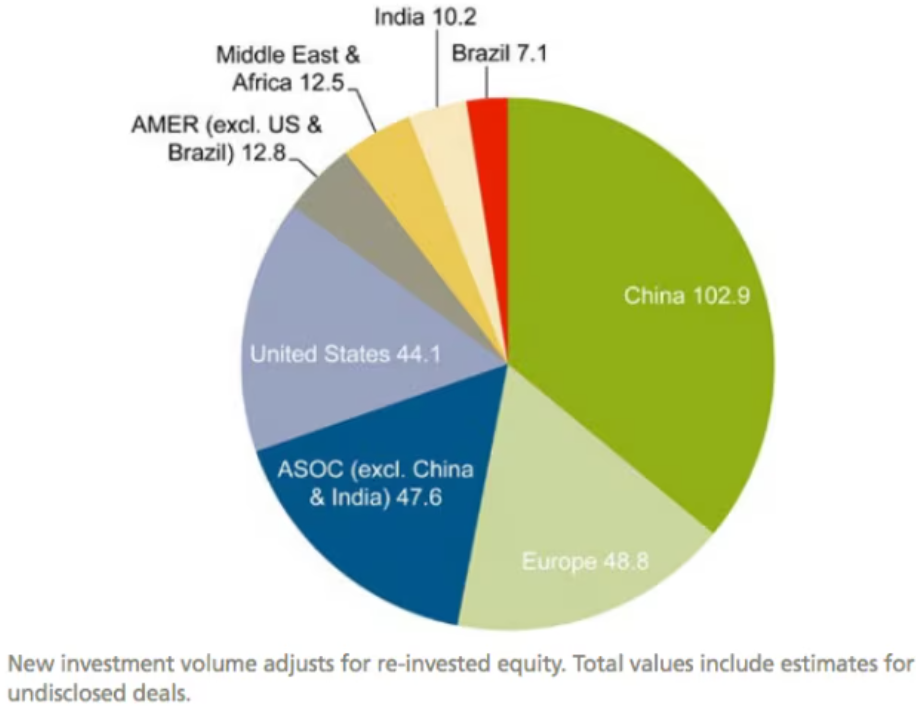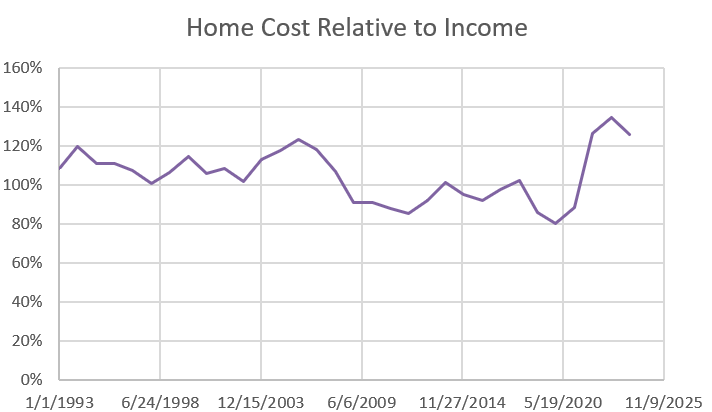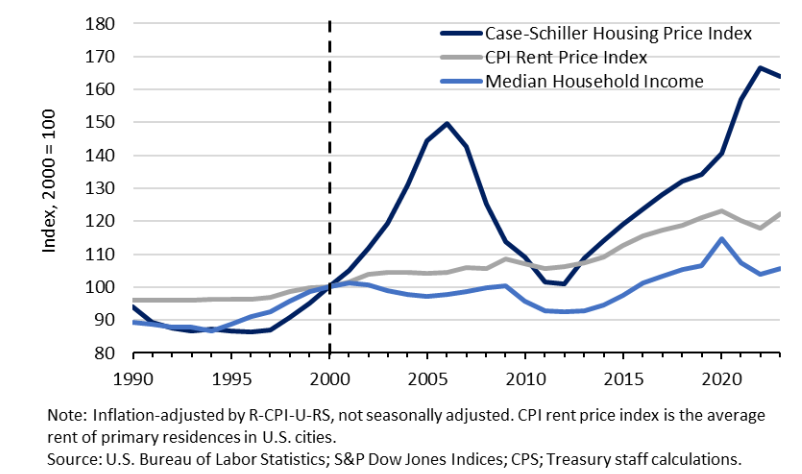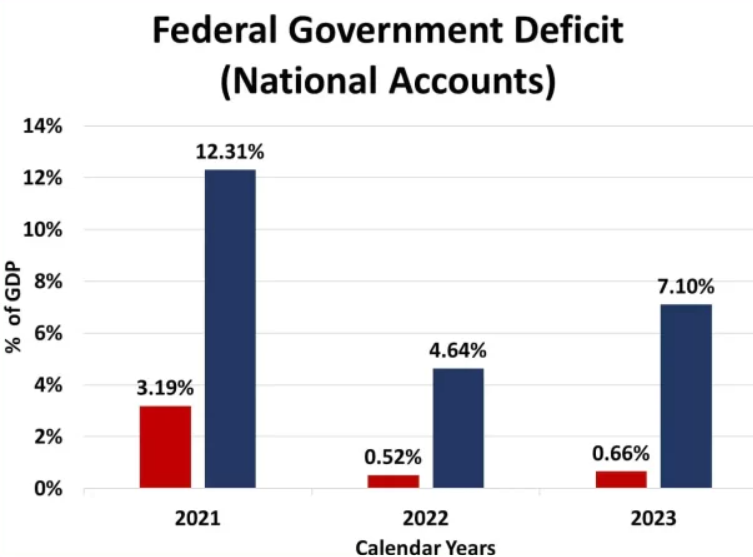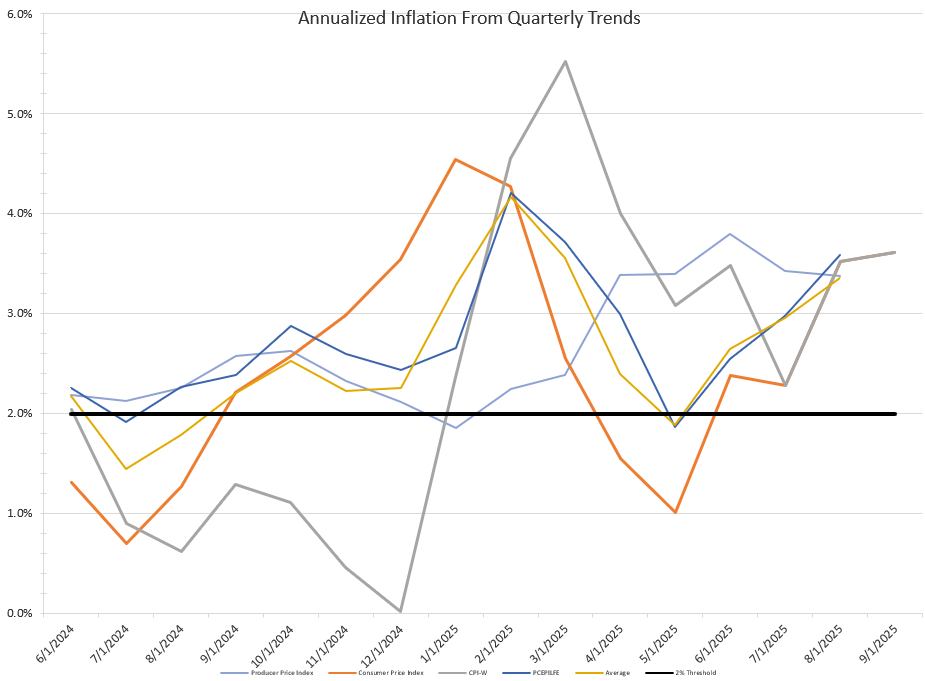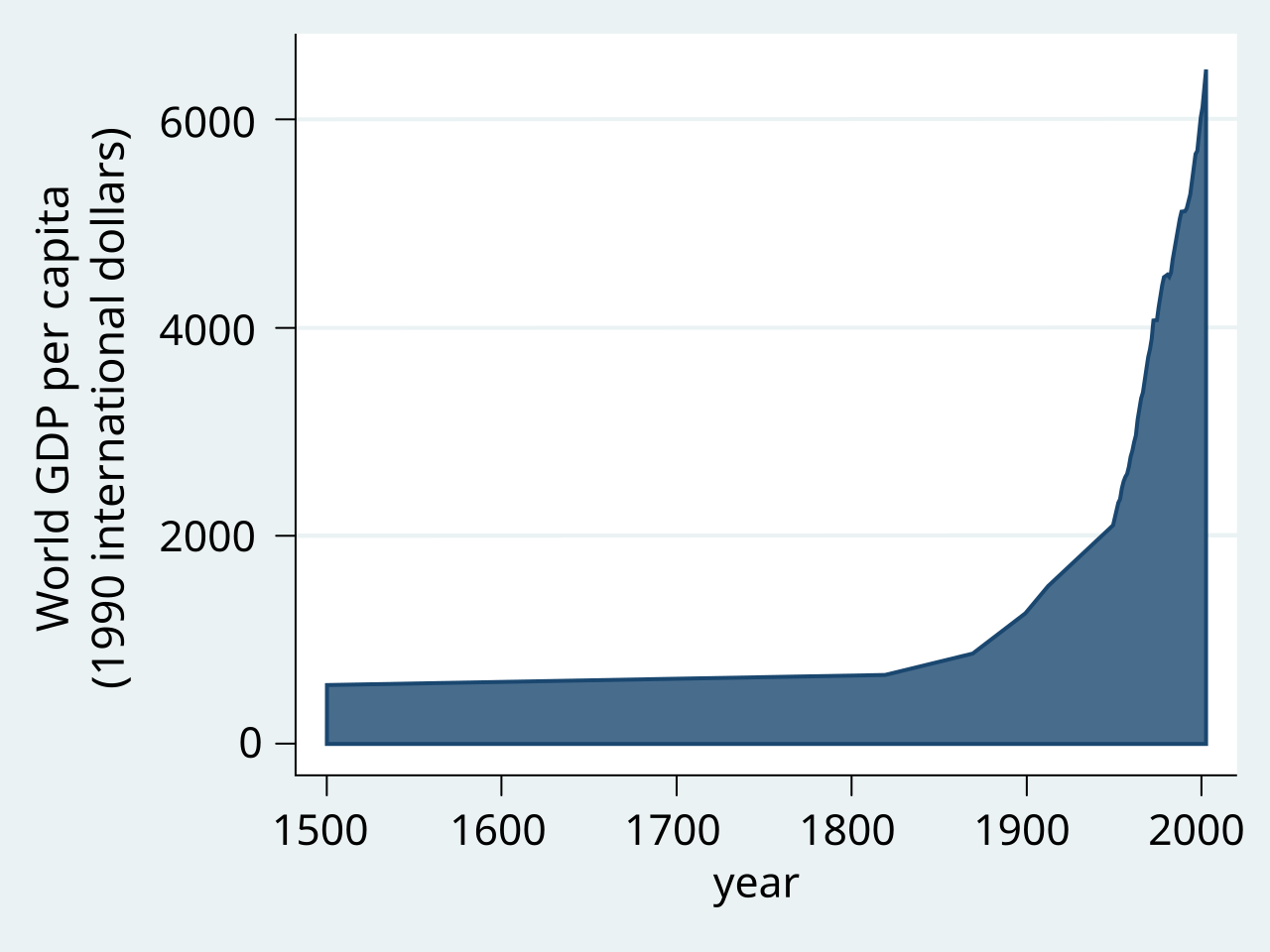Colin Read • September 2, 2022
A Distinction Without a Difference - September 4, 2022

A Distinction Without a Difference - September 4, 2022
Economists generally agree that next year will be when we experience more economic pain. While technically we are already in a recession, based on the rule of thumb of two consecutive quarters of GDP decline, the referee that calls recessions, the National Bureau of Economic Research, has been unwilling to make the call just yet.
The reason is that the labor market remains tight, with about twice as many jobs available as people looking for them. As such, there is plenty of aggregate demand out there to provide bounce in the economy, even if we are failing to keep up with output demands.
Hence, supply constraints, and some tapering of demand because years of free money from government programs has gone away (unless you can have student loan debt erased), means that there is still too much money chasing too few goods that cost a bit more due to the ripples of energy price increases.
We have lamented in this blog about the inability of the Federal Reserve to do much on the supply side of the economy. The Fed cannot build out infrastructure, and nor can it direct how borrowed money is reinvested into our economy. The Fed has no ability to control energy costs, and cannot impose wage and price controls.
In short, the Fed has none of the tools of the fiscal side of government. But, then again, government does not have the one tool the Fed has.
The Fed’s power is in its control over the aggregate level of lending in the economy. This lending is then used to go to college, buy homes, invest in new factories, augment consumption, purchase cars, etc.
The bulk of this lending is through commercial banks. The Fed knows that if it is to eradicate excess inflation, there is essentially only one path. Banks will have to lend less so there is a disincentive for consumers to spend beyond their means, for people to buy new cars or homes, and for businesses to not expand.
This does not mean the end to infrastructure investment. Government spends a lot in these areas, at the federal, state, and local levels. I may be unique among recovering politicians in that, when I ran a city, I agonized over the cost of borrowing to expand our infrastructure. While I was interest rate sensitive and worked hard to improve our city’s bond rating, I never observed any counterparts or any level of state or federal government that borrows with a concern over borrowing costs.
But, while the Fed can’t really affect those decisions, it certainly has an effect on the rational part of the economy.
It is doing so in two ways. You have no doubt heard that the Fed intends to keep increasing the interest rate it offers banks for short term borrowing to ensure they hold cash reserves at the level the Fed desires. By continuing to raise these rates, it knows banks will be reticent to lend as aggressively, which translates into higher interest rates and a lower rate of home construction and purchases, car purchases, and business expansions.
Most all economists do not believe the Fed can meet its goals and still have the soft landing that the markets once hoped for. The fact is that such monetary policy is only effective in eradicating excess inflation if it actually hurts.
The other thing the Fed is doing is unwinding its Quantitative Easing. The Fed embarked upon a policy after the Great Recession that absorbed the bad assets in the economy, as Gem, the healer, did for pain on a memorable Star Trek episode. By cleansing bad assets, financial markets were less risky.
The Fed is now selling off those bad assets, and is pledging that it should not be counted on to buy as many assets, even in the form of government bonds, in the future.
This means that these assets must offer a higher return to attract buyers, and will tend to such more funds out of the private sector for these purchases. These deposits in the government’s account with the Fed are then a diversion away from accounts held by commercial banks. These banks are then left with reduced reserves and hence are unable to extend as much credit for the types of loans we just discussed. In addition, the private sector must absorb a greater level of risk without the Fed artificially absorbing financial risk from markets. This also has a cooling effect on lending and borrowing markets.
The Fed will continue to do this until we all understand that there is just not so much money to float around out there and we begin spending less in the private sector. With that reduced demand comes a better supply/demand balance that will moderate inflation.
In economics, you never get something for nothing. If spending decreases, unemployment must increase. Wage demands will moderate, and the Fed will continue to do this until the inflation rate again converges to its desired goal of approximately 2%.
Obviously, this all does not happen overnight. The higher the inflation and the deeper is our expectation that inflation will be a problem, the longer and more painful this process will be - beginning next year.
